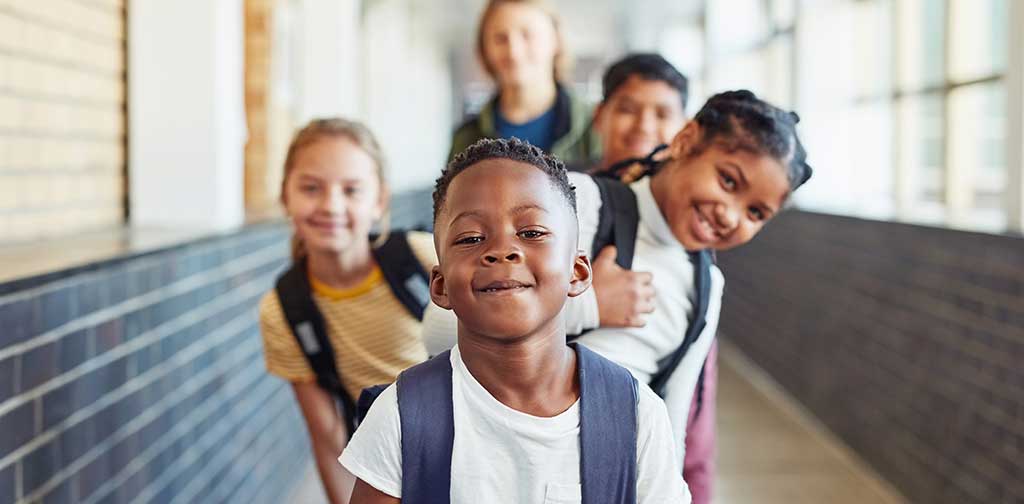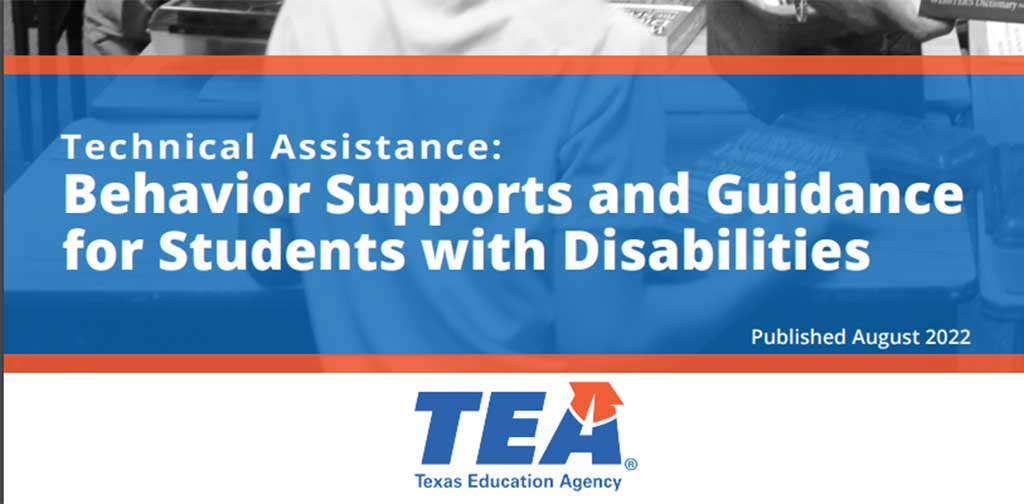If your child is eligible for special education services, you may worry he’ll be placed in a different classroom than other kids his age. But most kids might be place in classrooms that are known as inclusion (or inclusive) classrooms.
In an inclusion classroom, the general and special education teachers work together to meet your child’s needs.
This is key. As Carl A. Cohn, Ed.D., executive director of the California Collaborative for Educational Excellence, points out, “It’s important for parents to realize that special education students are first and foremost general education students.”
Many schools have inclusion classrooms. In part, that’s because the IDEA says that kids who receive special education services should learn in what’s called the “Least Restrictive Environment” (LRE). That means they should spend as much time as possible with students who don’t receive special education services.
Inclusive classes are set up in a number of ways. Some use a collaborative team teaching (or co-teaching) model. With co-teaching, there’s a special education teacher in the room all day.
Other inclusive classes have special education teachers “push in” at specific times during the day to teach (instead of pulling kids out of class to a separate room). In either case, both teachers are available to help all students.
Studies show that inclusion is beneficial for all students—not just those who receive special education services.
Benefit #1: Differentiated Instruction
All students learn differently. This is a principal of inclusive education. One key teaching strategy is to break students into small groups. By using small groups, teaching can be tailored to the way each student learns best. This is known as differentiated instruction.
Teachers meet everyone’s needs by presenting lessons in different ways and using Universal Design for Learning (UDL) and multisensory techniques.
Some classrooms may have an interactive whiteboard. On it, kids can use their fingers to write, erase and move images around on the large screen. This teaching tool can also be used to turn students’ work into a video, which can be exciting for kids and help keep them engaged.
Benefit #2: Supportive Teaching Strategies
In an inclusive classroom, teachers weave in specially designed instruction and support that can help students make progress. Kids may be given opportunities to move around or use of fidgets. And teachers often put positive behavioral interventions and supports (PBIS) in place.
These strategies are helpful for all students—not only for students with learning and attention issues.
Benefit #3: Reduced Stigma
Inclusive classrooms are filled with diverse learners. That lets kids talk about how everyone learns in their own way. They may find that they have more in common with other kids than they thought. This can go a long way in reducing stigma for kids with learning and attention issues. It can also help kids build and maintain friendships.
Benefit #4: Effective Use of Resources
In more traditional special education settings, many kids are “pulled out” for related services, like speech therapy or for other specialized instruction. An inclusion class often brings speech therapists, reading specialists and other service providers into the classroom.
These professionals can provide information and suggestions to help all students. If your child isn’t eligible for special education, but still needs some extra support, it can provide him with some informal support.
Benefit #5: High Expectations for All
If your child has an IEP, his goals should be based on the academic standards for your state. Those standards lay out what all students are expected to learn in math, reading, science and other subjects by the end of the school year.
Differentiated instruction and co-teaching in a general education classroom make it easier for students with standard-based IEPs to be taught the same material as their classmates.
In some schools, only certain classrooms are inclusion classes. In that case, schools may assign general education students randomly to inclusive or non-inclusive classes. Other schools may choose students who benefit from the emphasis on meeting the needs of all learners at all ability levels.
This article is from Understood.org, a great resource for information on learning and attention issues. The Understood Team is composed of writers, editors and community moderators, many of whom have children with learning and attention issues.



